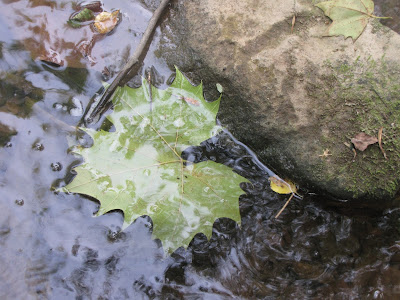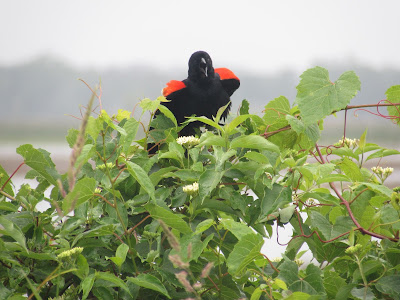Nature Note #155: Review of the Year
What a strange year it's been. Again. As I sit at home with my parents in Massachusetts where I started off 2015, I'm doing what all people do at this time of year; looking back at the accomplishments, failures, regrets, ideas, and events that defined the year. Normally, I reserve this space for "Bird of the Year" and gloat about how my journey to getting 200 species of birds on my life list has been the triumph of my year. Instead, it was finding full time work and graduating from a stay-at-parent's-home adult to a fully fledged living my own life adult. It's been a strange journey and while I've been happy with how I've been doing, I have also been looking forward at what's next. 2016 obviously. But that's just another year. Another set of 366 days (it's a leap year, don't cha know?) to fill up with happiness, anxiety, rage, tears, sweat, thought, and experience. This year, I've decided to give a rundown of the main events for...






